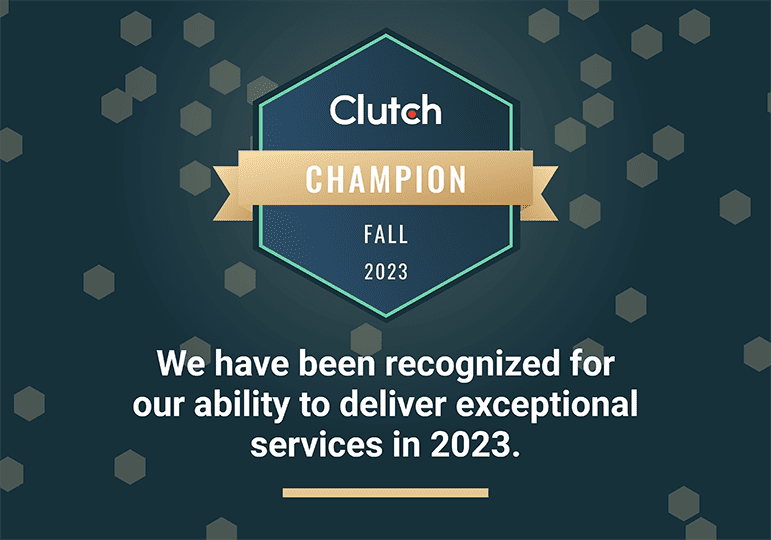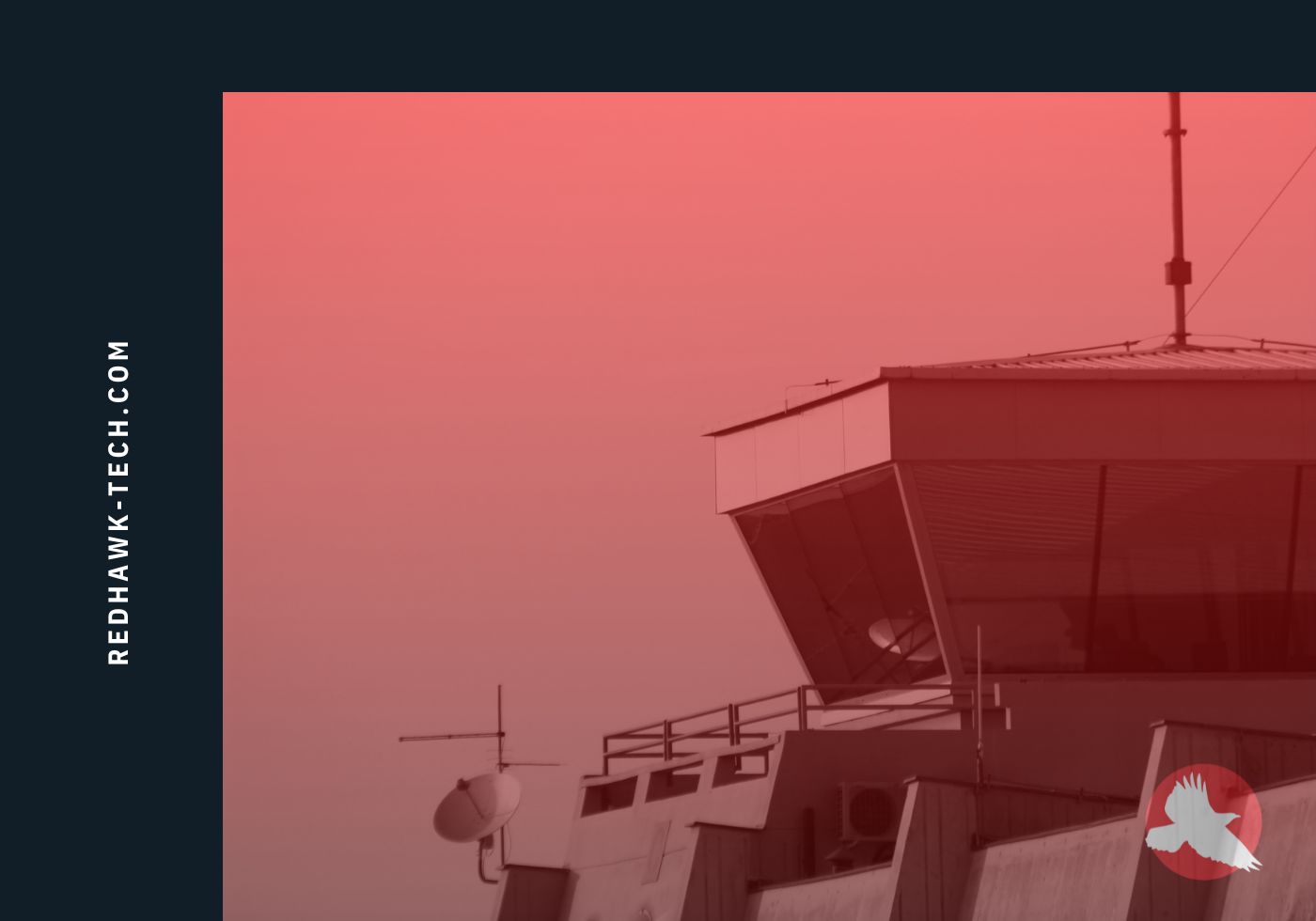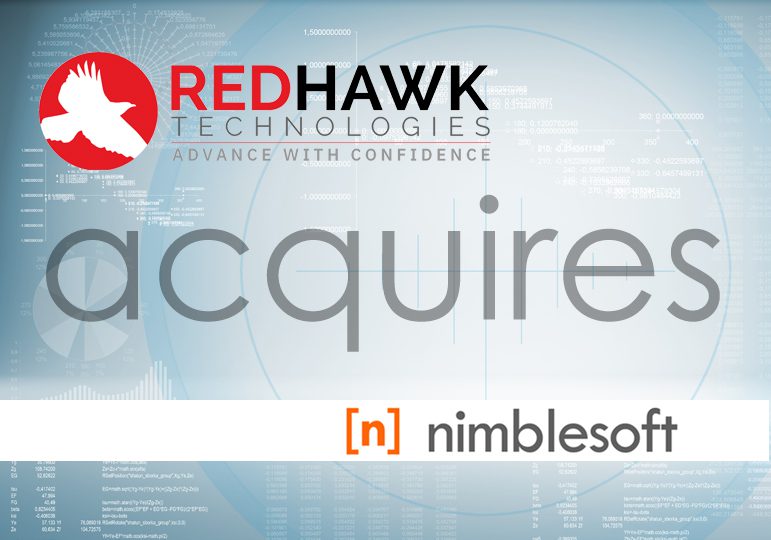Figuring out custom software costs can be tough. Business leaders know the crucial role software plays in today’s environment, but while software is essential, it’s not easy to shop for it or design it. Calculating the total cost of ownership (TCO) for custom software is no simple task. To get a true sense of what software will cost your business overall, you need to determine your TCO. The first step is uncovering the value. What will this software do for your business long-term? How will your organization benefit from having custom software? Does the value outweigh the costs?
Custom Software That Sets You Up for Success
According to a 2021 report, the cost of developing a simple app ranges from $40,000 USD to $50,000. This price can vary depending on the complexity of the software. Organizations frequently embark on the app development process with no idea of the total cost. Calculating the total cost of ownership of your project is a good way to predict its cost-effectiveness. The TCO directly impacts the return on your investment because it determines the profitability of a project over a set period. To calculate the ROI correctly, you must first determine the TCO.
If you want to be sure your “big idea” is worth the investment and empower your business to rise above the rest, custom software is definitely the best decision. Seeking the aid of a professional software development company is a great way to ensure custom software costs are calculated (and allocated) properly within the scope of your budget. If your business is large enough to need “something more” to spur growth and streamline operations, but not large enough to have a full-time software development and support staff, enlisting the aid of custom software developers can provide your competitive edge.
How to Calculate the TCO
Every app development process involves many factors that collectively influence final costs. Luckily, there are several app development budget forming factors that will help you come up with ballpark figures. When deciding to build enterprise software, teams may consider only certain costs while ignoring others. The scope of work for custom software development, developer recruitment stages, QA processes undergone during testing, and operation and maintenance throughout the systems development life cycle (SDLC) are often aspects that are overlooked.
Most mid-market companies approach custom software development as if it were a project, failing to take into consideration the cost for ongoing maintenance, enhancements and support, all of which impact return on investment.
Let’s look into three ways to help you determine TCO:
1. Measure ROI
Investing in software development only makes sense if you’re driving toward value creation. ROI (return on investment) is a widely used measure to compare the effectiveness of IT investments. It is commonly used to justify IT projects, but can measure project returns at any stage. The rate of return differs based on the life cycle of any given software development process. The proper life cycle management of software development is key to a high yielding return.
It’s important to define what your application or software needs to accomplish your goals:
- Determine scope of project
- Clearly identify app users
- Understand what capabilities are required
- Define how success will be measured
Taking great care to start an initiative on the right foot puts it squarely on the path to success. Poorly scoped projects lead to:
- Long delays
- Costly budget overruns
- Disruption to business
- Outright failure
App development is a multi-step process that involves careful planning with a proper timeline spanning the life cycle of your software.
2. Determine Risk
When determining risk, it’s important not to make assumptions about third-party tech, analytics, quality of data or the like. Articulate known risks and then conduct a feasibility study to offset those risks. App development workshops are a helpful way to determine and avoid risk. By the end of a development workshop you should come away with answers to the following questions regarding your custom software to aid you in determining the TCO:
- What is it?
- Who is it for?
- How will you benefit?
- What does success look like?
- What capabilities are needed?
- What types of technology are required?
3. Incorporate DevOps
When designing software, a best budgeting practice is incorporating the combination of cultural philosophies, practices and tools that increase your organization’s ability to deliver applications and services at a high velocity, i.e., DevOps. Find a vendor dedicated to value creation, one that can help you manage your DevOps:
- Creation
- Enhancement
- Maintenance
- Tech support services
Many mid-market and enterprise clients will turn to staff augmentation providers to accelerate development, while keeping DevOps in-house. This is fine if you’re okay with being charged for the bare minimum. With staff augmentation, you’ll be responsible for leveraging the talent provided to maximize your investment on developing custom software. This will land you in direct conflict with agile, product development life cycle principles. Value creation can be achieved and determined by an internal team, or outsourced to a company like Red Hawk, with a strong portfolio of custom apps and software development focused primarily on the core of your business.
Determine TCO With Red Hawk Technologies
With Red Hawk, you can expect due diligence to arrive at an “order of magnitude”using a forecast based on what you know today, along with the understanding that priorities and outside influences will require you to adjust as you develop the custom software. Don’t move forward with development if you’re expecting a one-time investment. That’s not how determining the total cost of ownership works. Contact us today for help with calculating your custom software costs the Red Hawk way.
Clarify and Define Your Big Idea
Use these easy-to-follow presentation slides to facilitate your own tech innovation workshop:
- Explore your vision for a new web or mobile app
- Define your goals and audience
- Outline logistics and required technology
- Move toward next steps in making your idea a reality
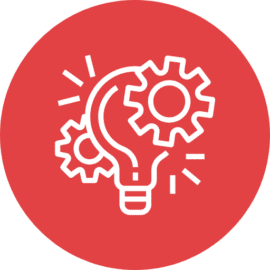
Download the Presentation
Reach New Heights
Read more articles about custom software development, mobile applications and technology trends from our team.
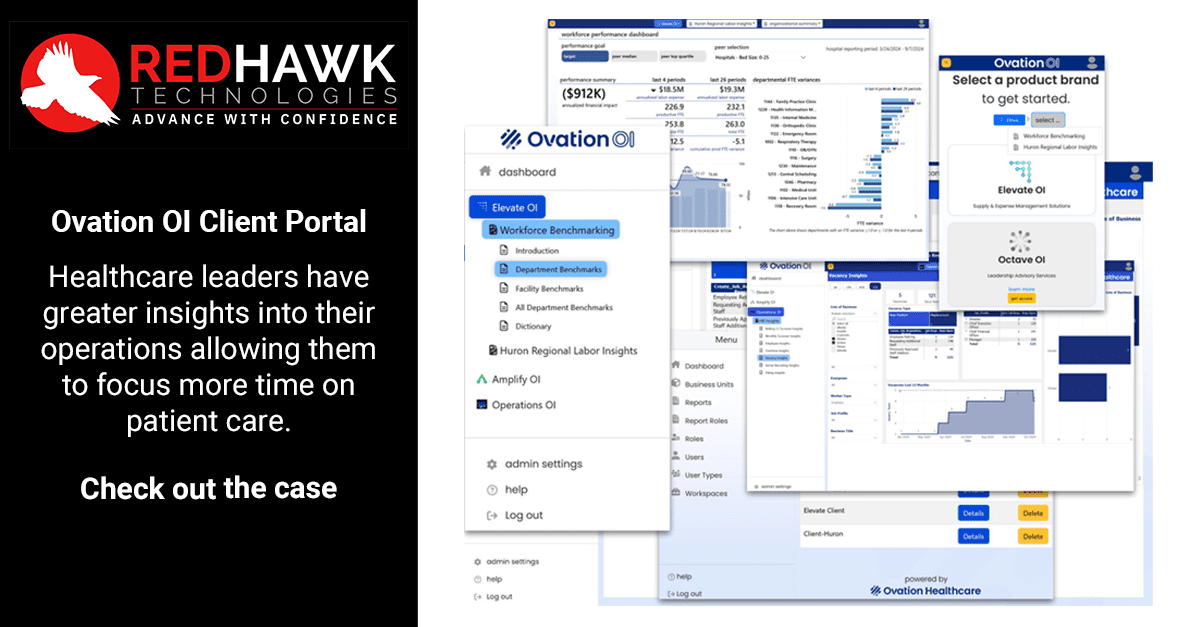
Ovation Healthcare Client Portal
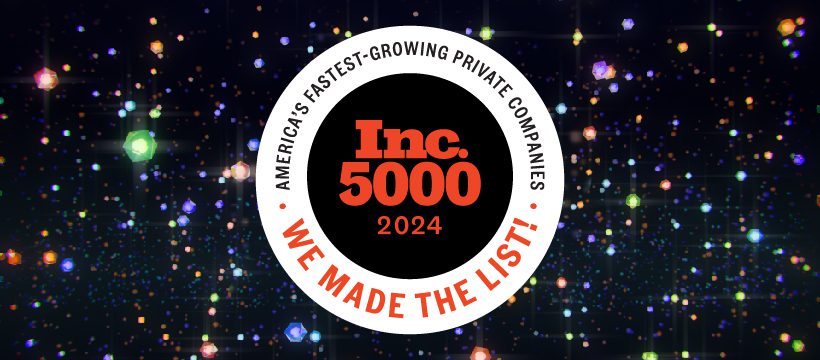
Red Hawk Technologies Named to Inc. 5000 List of Fastest-Growing Companies for 2024
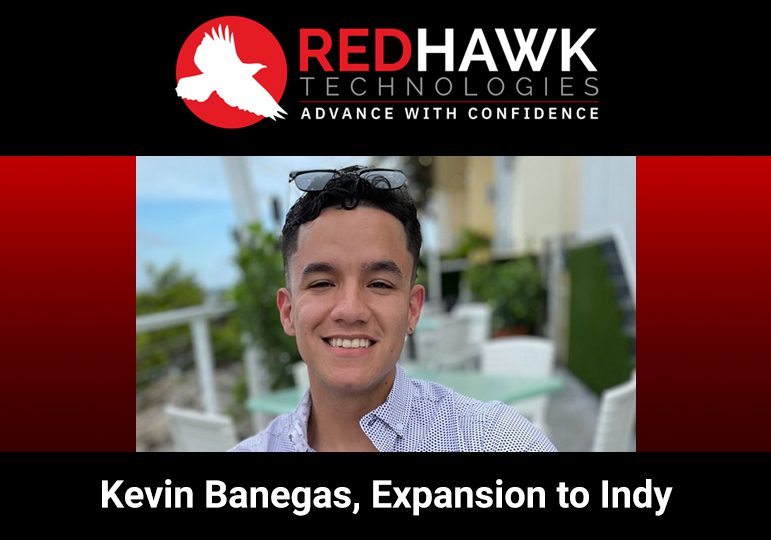
Red Hawk Technologies Expands to Indianapolis, Bringing its Award-Winning Software Development Model to the Indy Market
